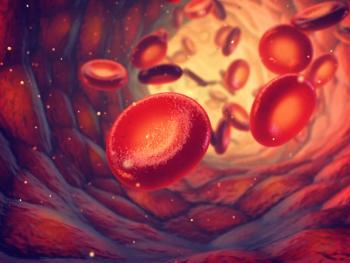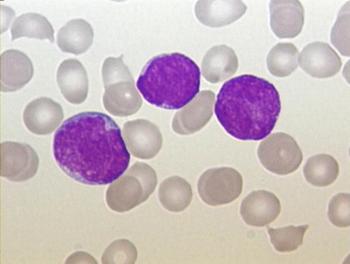
October 2023 Snap Recap: ODAC Decision Making and Breast Cancer News
In the October edition of Snap Recap, we review the latest FDA news and the vote from the last ODAC meeting.
Halloween wasn’t the only event in October worth celebrating. In the October episode of Snap Recap, CancerNetwork® reviews key news items as decided on by our readers. This included articles on the effectiveness of reducing ctDNA tumor fractions with neoadjuvant chemotherapy in triple-negative breast cancer, the benefits of hypofractionated vs standard radiotherapy for breast cancer, the results of the October Oncologic Drug Advisory Committee (ODAC) meeting, the FDA awarding fast track designation to AVB-001 in ovarian cancer, and ongoing discussions from September’s Prostate Cancer Awareness Month.1-4
Full versions of the article are referenced below in the order that they appear in the show:
Neoadjuvant Chemotherapy Reduces ctDNA Tumor Fraction in TNBC by Russ Conroy1Hypofractionated Vs Standard RT Yields Similar Toxicity in Breast Cancer by Russ Conroy2FDA ODAC Votes Against Sotorasib PFS Data for KRAS G12C-Mutated NSCLC by Ariana Pelosci3AVB-001 Receives FDA FTD in Platinum-Resistant Ovarian Cancer by Russ Conroy4Novel Drugs May Introduce ‘New Era’ of Metastatic Prostate Cancer Treatment by Russ Conroy
References
- Parsons HA, Blewett T, Chu X, et al. Circulating tumor DNA association with residual cancer burden after neoadjuvant chemotherapy in triple-negative breast cancer in TBCRC 030. Ann Oncol. Published online August 18, 2023. doi:10.1016/j.annonc.2023.08.004
- Wong JS, Uno H, Tramontano A, et al. Patient-reported and toxicity results from the FABREC study: a multicenter randomized trial of hypofractionated vs. conventionally-fractionated postmastectomy radiation therapy after implant-based reconstruction. Presented at: 2023 American Society for Radiation Oncology Annual Meeting (ASTRO); October 1-4, 2023; San Diego, CA; abstract LBA05.
- Oncologic Drugs Advisory Committee (ODAC) Meeting. Streamed live October 5, 2023. Accessed October 5, 2023. https://bit.ly/3PMMRt9
- Avenge Bio receives FDA fast track designation for AVB-001, a novel cell therapy leveraging the LOCOcyte™ immunotherapy platform. News release. Avenge Bio, Inc. October 2, 2023. Accessed October 3, 2023. https://bit.ly/3rAwOq7
Newsletter
Stay up to date on recent advances in the multidisciplinary approach to cancer.

















































































